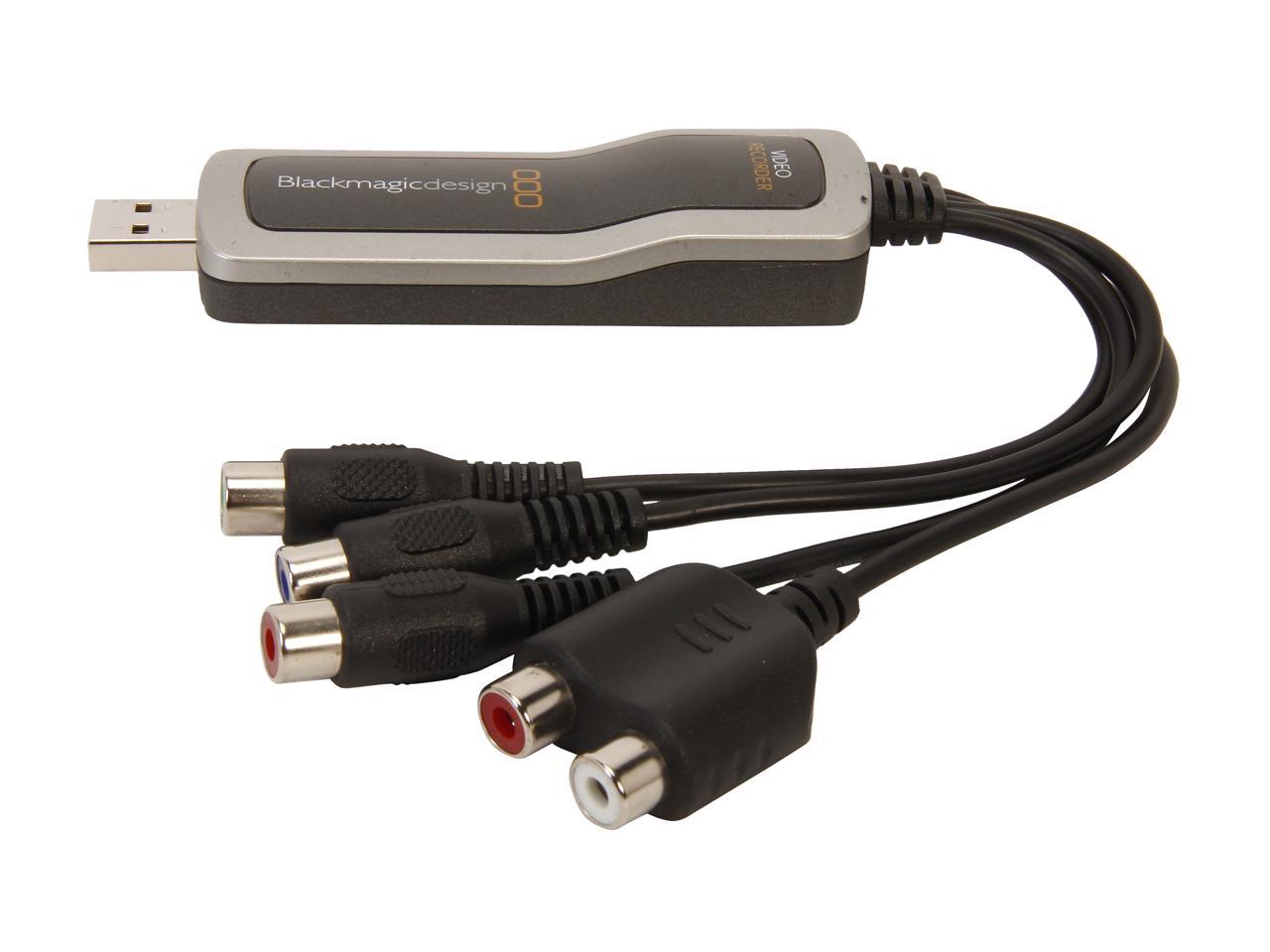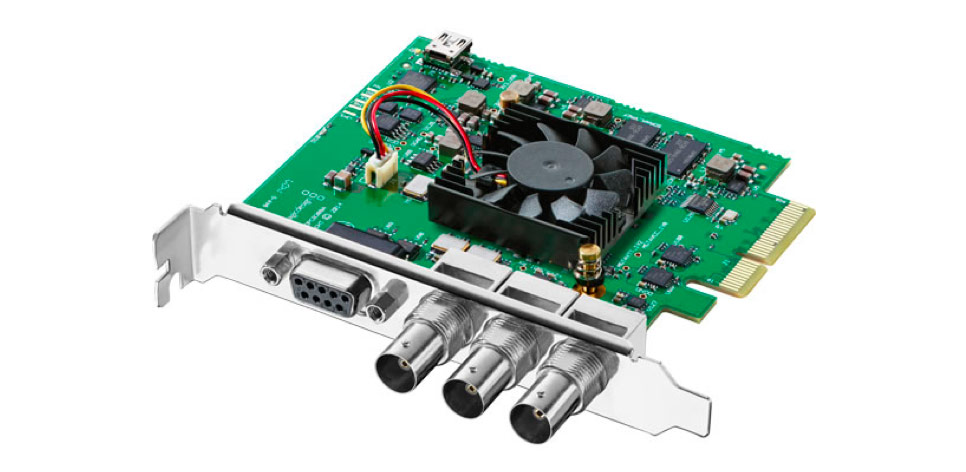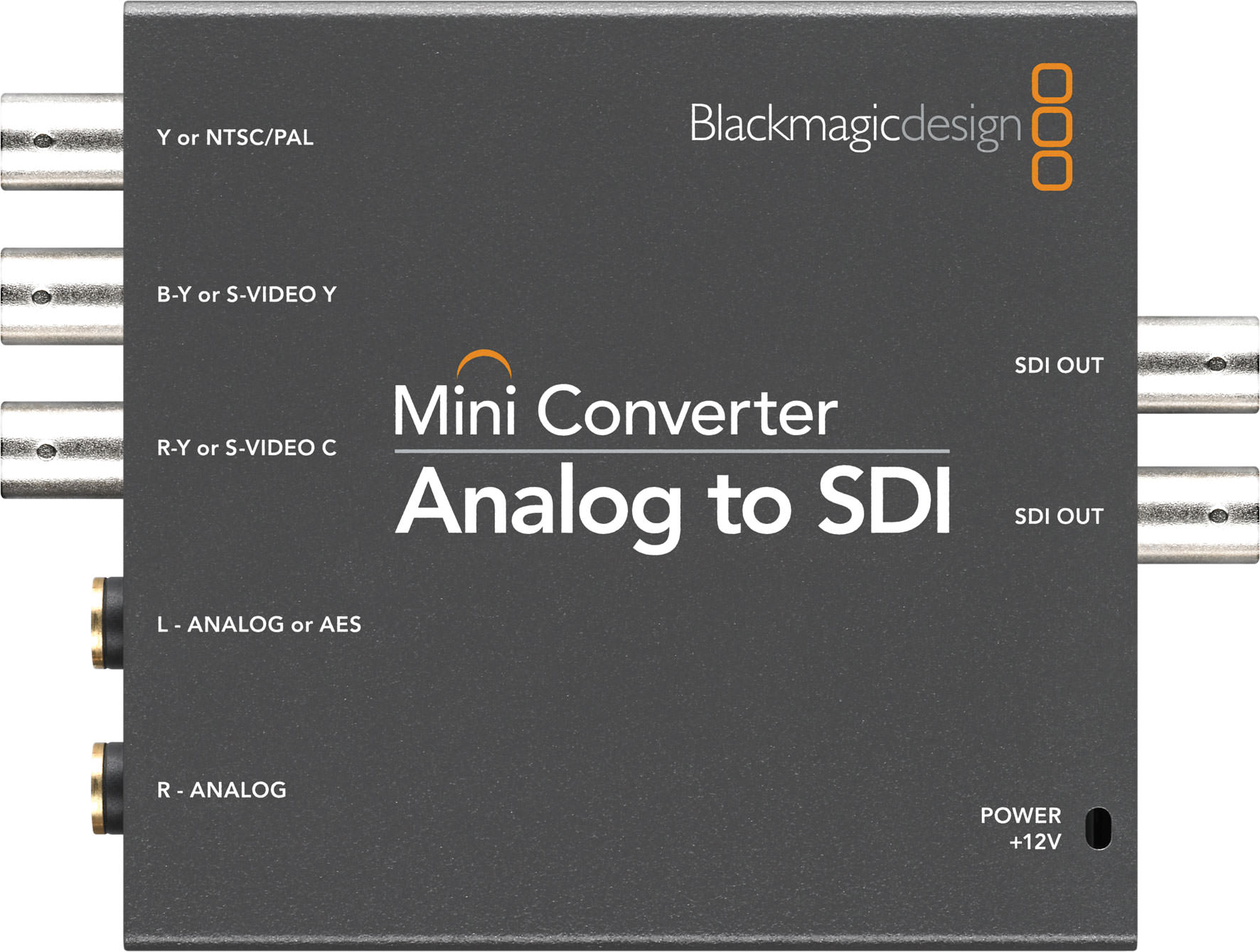
- #Blackmagic desktop video mac to composite install
- #Blackmagic desktop video mac to composite drivers
- #Blackmagic desktop video mac to composite software
#Blackmagic desktop video mac to composite software
This allows easy compatibility with third party software that also use these media types. Meaning that the DeckLink studio will handle video in Windows in DirectShow, while on the Mac it uses QuickTime. Blackmagic wisely decided to handle the video internally using the most common video formats in each OS.

Once installed, and your video equipment is connected, you have capture and output capabilities in a wide variety of applications. This kind of dedication to multiple platforms and openness to third parties should be applauded, and greatly extends the usefulness and flexibility of your equipment.
#Blackmagic desktop video mac to composite drivers
The DeckLink Studio is compatible with both Mac and Windows based computers, and has drivers for each platform as well as a software developer’s kit for third parties to develop software for these boards.
#Blackmagic desktop video mac to composite install
The card itself is a one-lane PCI Express card that you simply slide into an available slot on your desktop workstation’s motherboard, and install the drivers. It’s quite a round trip, but it worked perfectly, and shows the incredible flexibility of this capture card. We then rendered it out on an SD timeline and laid everything back to an old S-VHS deck we had laying around. In our tests, we successfully captured material from a Hi8 tape from 15 years ago via the S-Video connector, and analog audio connection, and combined it with uncompressed HD footage we shot yesterday using the HD-SDI inputs. There’s not really a tape format that the DeckLink Studio can’t handle, all the way from VHS to HDCAM, and anything in between. The only connector missing in this model was HDMI, but they do offer a separate product called Intensity with this feature (Reviewed in the April 2009 issue, or online at What can you do with all of these inputs and outputs? Well, if you’re a small studio, or deal with clients bringing you many different tape formats, you now have the ability to capture them all natively, which is especially important quality-wise for analog formats, and you can output them back just about any way you want. Even connections for Reference Video, and RS-422 deck control are included, as well as SD/HD-SDI on the card itself. The DeckLink Studio includes in and outs for: component, composite, S-Video, analog audio, and AES audio. The first thing you will notice in unpacking the Blackmagic Design DeckLink Studio is the sheer volume of the breakout cables. Blackmagic Design has aimed to create a device that will help you navigate those waters, and rather ambitiously allow you to input video from any tape format, and output to any other tape format that there is.

While the current buzz in the video world is all about tapeless workflow, it’s important to realize that there is still thirty plus years of tape out there to deal with, and the myriad of formats, tape sizes, and analog or digital signals can be a bewildering sea of acronyms to wade through.

Blackmagic Design’s DeckLink Studio is as close as you will get to a Rosetta Stone for capturing and displaying video.


 0 kommentar(er)
0 kommentar(er)
